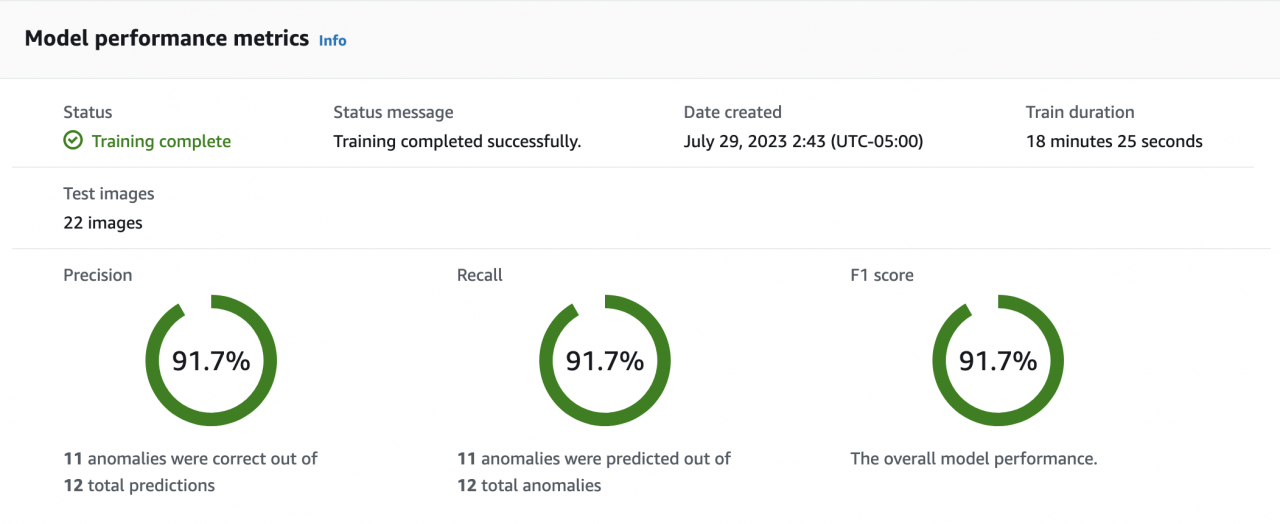Calem Blogs
Calem AI: Why Adopting AI (artificial intelligence)
AI (artificial intelligence) gives rise to new possibilities in solving problems in enterprise asset management. It is one of the new technologies for Industry 4.0. Preventing unexpected breakdown is one of the key objectives of maintenance. AI may shed light on new approaches to it.
- An unexpected breakdown of a critical equipment caused lost production in a manufacturing plant.
- Aside from rigorous preventive maintenance the maintenance team needs a a new tool to reduce the chances of next unexpected breakdown. The new tool should, in real time, monitor the equipment and detect a possible breakdown and alert maintenance team as soon as possible.
- AI and Machine Learning (ML) is a new tool for this purpose.
- Sensor data, such as vibration, temperature, pressure, and flow rates, from an equipment is used for AI/ML to learn the patterns of normal operational conditions.
- When sensor data falls out of the normal patterns, the AI/ML will alert the maintenance team.
- Actions may be taken to prevent a breakdown.
Let's use an example to demonstrate why AI Vision can perform image analysis and improve productivity in ways not possible previously.
- An organization wants to take proactive actions on roads with fading markings.
- Digital photos in the order of hundreds are taken along the roadways regularly.
- The photos are analyzed by an AI Vision app to pick out photos with fading markings.
- Service requests are created with photo attachments in Calem.
- The organization just needs to review those service requests for further actions (creating repaint work orders).
After the app is trained Calem can submit photos of roadways to the app. The AI Vision app will return "Normal" (good markings) or "Anomaly" (fading markings) for a photo. When an "Anomaly" is returned Calem will create a service request including the photo rated as "Anomaly".
- A demo AI Vision app correctly identified 11 images of fading markings out of 22 test images, screenshot below, with Amazon AI platform. Similar results can be achieved through Google AI platform.
1.1 OCR (Optical Character Recognition)
OCR (Optical Character Recognition) enables the data extraction from an image such as a picture taken by a phone. It has the potential for better productivity in operations. See this blog for more information.
Next, we will discuss selective use cases and related topics for AI. You may use the sample use cases as references and discover business cases for your organization.
2. AI Monitoring
AI monitoring can be used to monitor equipment to reduce chances of unexpected failure. The assets to be monitored must have sufficient sensors (such as vibration, temperature, pressure, current, humidity, etc.) in the sense that the data from those sensors can determine asset healthiness. Critical assets may be identified for your business as candidates for AI monitoring.
- Each asset needs to be monitored individually.
- The sensor data of the past 6 months from an asset can be used to train an AI monitoring app to recognize the normal operational patterns for that asset.
- The monitoring process is performed for an asset in the background.
- Sensor data is collected regularly, such as every minute, and stored in Calem.
- Sensor data is sent to its AI monitoring app regularly, such as every 60 minutes.
- The AI monitoring app for the asset will recognize a deviation of sensor data from normal patterns and create service requests in Calem.
- Service managers got notified about the alerts and review the service requests for further actions.
3. AI Prediction
AI prediction allows one to predict the probability of an outcome. For instance, it can predict the likelihood of an asset failure.
- A dataset is prepared for training.
- Each row consists of relevant data attributes (or features) for a prediction.
- In the case of asset failure prediction, each row represents attributes related to asset failure for an asset. For instance, the attributes may include the lifespan in years, current lifespan, the number of times the asset failed previously, the number of PM work orders performed, etc.
- The dataset is used to train an AI prediction app to learn the pattern of asset failure in relation to the attributes of assets.
- Once the training is completed, the AI prediction app will be able to predict the probability of an asset failure given an input row of an asset and the latest attributes.
4. AI Forecasting
AI Forecasting provides forecast results with ML (machine learning). For instance, spare part requirements for the coming 6 months can be produced by AI Forecasting.
- A dataset is prepared for forecast training.
- For instance, part usage for the past 12 months is calculated by Calem and uploaded to an AI forecasting app for training.
- Once the training is completed, the AI forecasting app will be able to forecast part usage for the next 6 months.
5. Success Factors
A successful AI application depends on many factors including:
- Assembling a team with domain knowledge to work with Calem.
- Selecting the right problems to solve.
- Problems with accepted solutions might not be good fit.
- There is a cost factor for AI. Technical resources and Cloud AI (hardware and frameworks) incur additional cost.
- Preparing dataset for training. Good data is key for AI successes.
- Training ML models and evaluate results.
- Deploying AI solutions. AI solutions are rolled out to end users with integration into workflows in Calem.
- Monitoring and improving ML models with changes and new datasets.
- The AI solutions need to be monitored, retrained to handle changes in your business, or with recent data.
6. Calem and Cloud AI
Calem AI can be deployed on-premise, or co-located with clients services in the cloud. It is a great fit for clients who do not allow data to be sent out of their network environment for training or prediction queries.
Clients with the freedom to store data out of their network environment may use Cloud AI (such as Google, Amazon, and OpenAI) to develop own AI applications.
Additional Resources
- Calem AI: Asset Monitoring by AI (artificial intelligence)
- Calem AI: Estimating Asset Failure by AI (artificial intelligence)
- Calem AI: Optical Character Recognition (artificial intelligence)
- Google AI Platform
- Amazon AI Platform
- Asset Lifespan Alerts
- Asset Timeline View
- User Guide and Admin Guide (customer account required)
- Calem Enterprise Training Site
- Calem Enterprise Blogs
- Calem Enterprise demo
Related Posts
By accepting you will be accessing a service provided by a third-party external to https://eam.calemeam.com/



